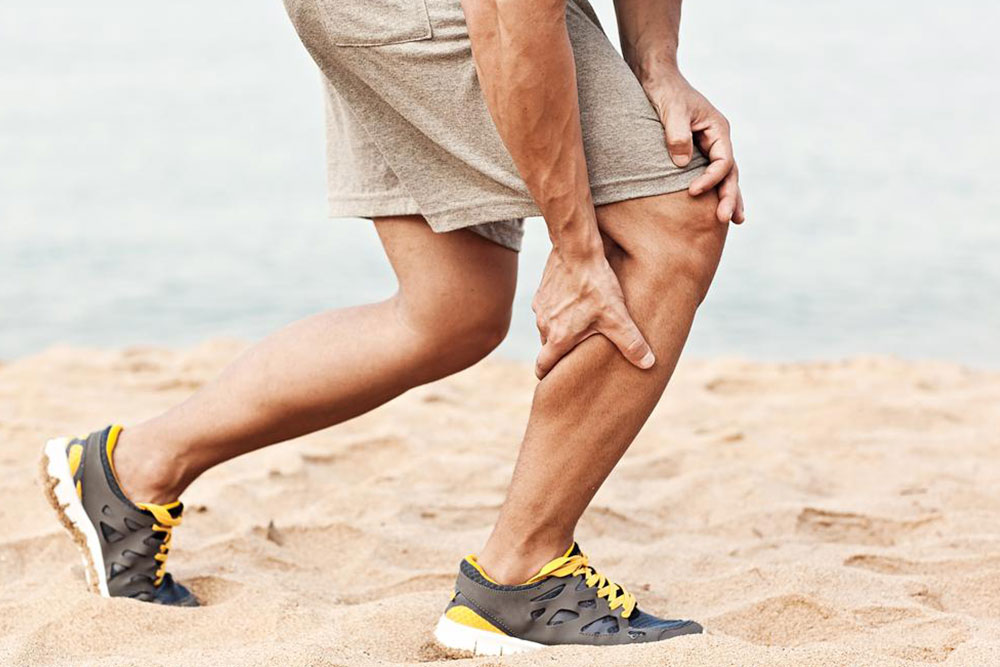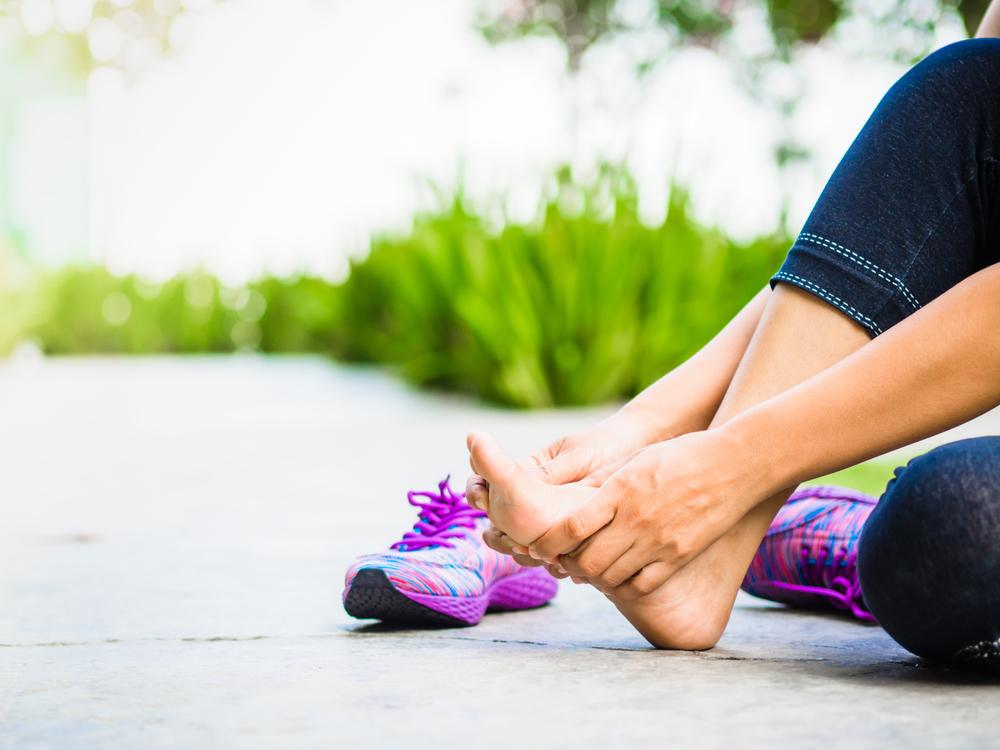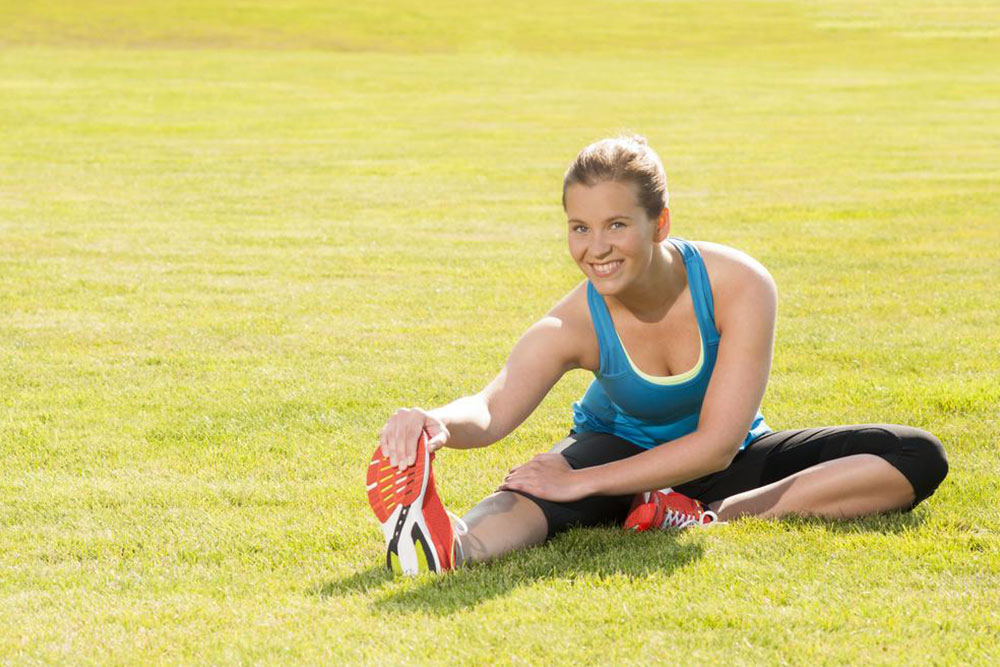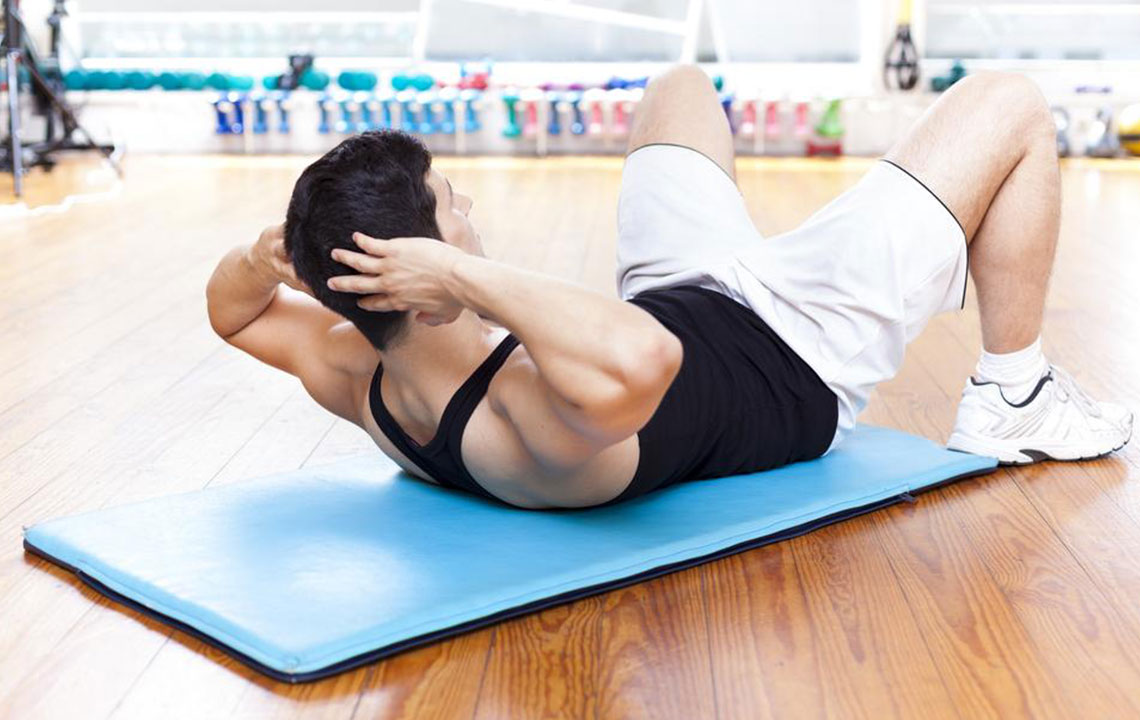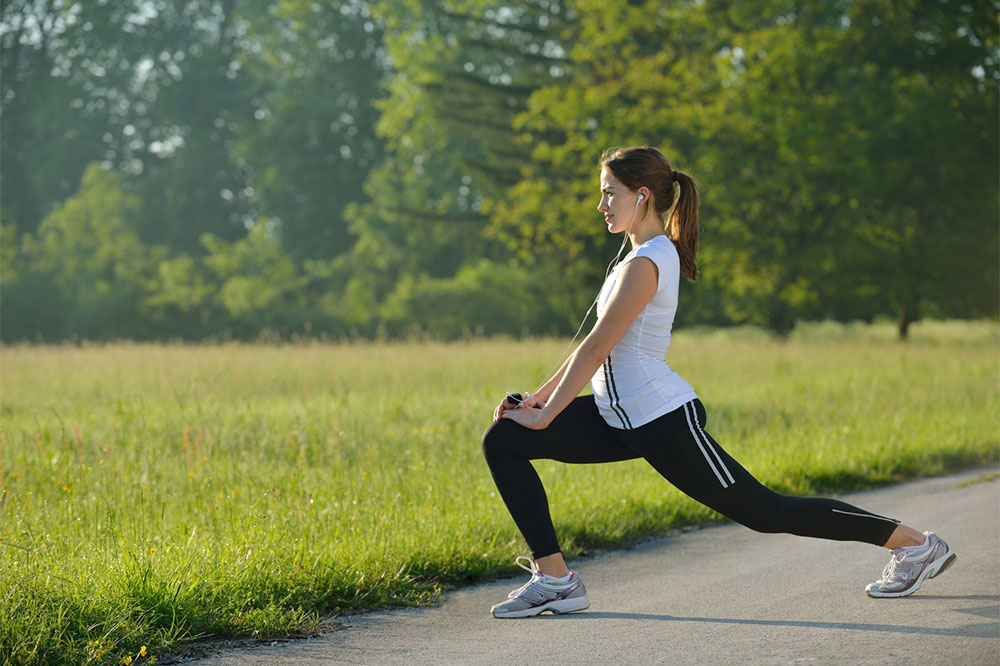Comprehensive Guide to Preventing Hamstring Strains and Injuries
Discover effective strategies to prevent hamstring strains with comprehensive tips on warm-up, strength training, biomechanics, and injury prevention techniques. Maintain healthy hamstrings and avoid disruptions to your training routine.

Comprehensive Strategies to Effectively Prevent Hamstring Strains and Related Injuries
Hamstring strains are among the most common injuries faced by athletes, runners, and fitness enthusiasts. These injuries not only cause significant discomfort but also require extended periods of rest and rehabilitation, which can interrupt training routines and affect performance. The hamstrings, a group of three muscles at the back of your thigh, play a vital role in movements such as running, jumping, and sprinting. When these muscles are overstretched or subjected to excessive force, strains and tears can occur, leading to pain, swelling, and limited mobility.
Understanding how to prevent hamstring injuries is crucial for athletes of all levels, coaches, and fitness enthusiasts. Preventive strategies focus on proper warm-up routines, strength training, flexibility exercises, and correct movement mechanics. Implementing these practices consistently can significantly reduce the risk of hamstring strains and help maintain optimal muscle health.
Starting your workout with an effective warm-up is essential. A good warm-up elevates body temperature, increases blood flow to muscles, and prepares the muscles for more intense activity. Incorporate light jogging, dynamic stretches, and exercises that mimic your planned activity. This gradual preparation decreases the likelihood of overstretching or sudden muscle stress.
Progression is key—avoid jumping into high-intensity sprints or explosive movements without adequate readiness. Slowly increase the intensity and duration of your workouts to prevent muscle fatigue and overexertion, which are common precursors to strains.
Strengthening your posterior chain, particularly the gluteal muscles, is also vital. Incorporate targeted glute exercises such as bridges, lateral band walks, and hip thrusts into your training routine. Strong glutes support proper biomechanics and reduce the burden on your hamstrings, lowering injury risks.
During high-impact activities like sprinting or jumping, listen to your body and avoid overloading your hamstrings. Proper technique and form help distribute forces evenly and reduce undue stress.
If you've previously suffered from hamstring injuries, understanding the underlying causes of recurrence is essential. Re-injury often occurs due to incomplete recovery, muscle imbalances, or poor movement mechanics. Rehabilitation should include not only rest but also targeted strengthening and flexibility exercises.
Maintaining correct pelvic alignment during movement is crucial in preventing hamstring strains. Pelvic misalignment can affect how muscles work together, particularly the hamstrings, glutes, and lower back muscles. Proper posture and core stability exercises can help maintain optimal alignment and reduce strain.
The hamstrings do not work in isolation—they are part of a complex muscle group involved in our movement patterns. Disruption in the synergy between these muscles increases the risk of injury. Therefore, focusing on proper biomechanics during sports and exercises is fundamental.
Additionally, incorporating flexibility routines such as hamstring stretches and mobility drills helps maintain the elasticity of the muscles. However, stretching should be performed after a proper warm-up to avoid overstretching cold muscles.
Learning body awareness and movement efficiency can significantly decrease injury rates. Employing techniques like yoga, Pilates, or functional training can improve neuromuscular control, balance, and coordination.
In summary, preventing hamstring strains involves a combination of proper warm-up, strength and flexibility training, correct biomechanics, and mindful activity. Regularly evaluating your training plan, listening to your body, and seeking professional guidance when necessary can help you stay injury-free and perform at your best. Prioritize prevention to save time, effort, and potential setbacks caused by injuries, ensuring long-term muscle health and athletic longevity.
